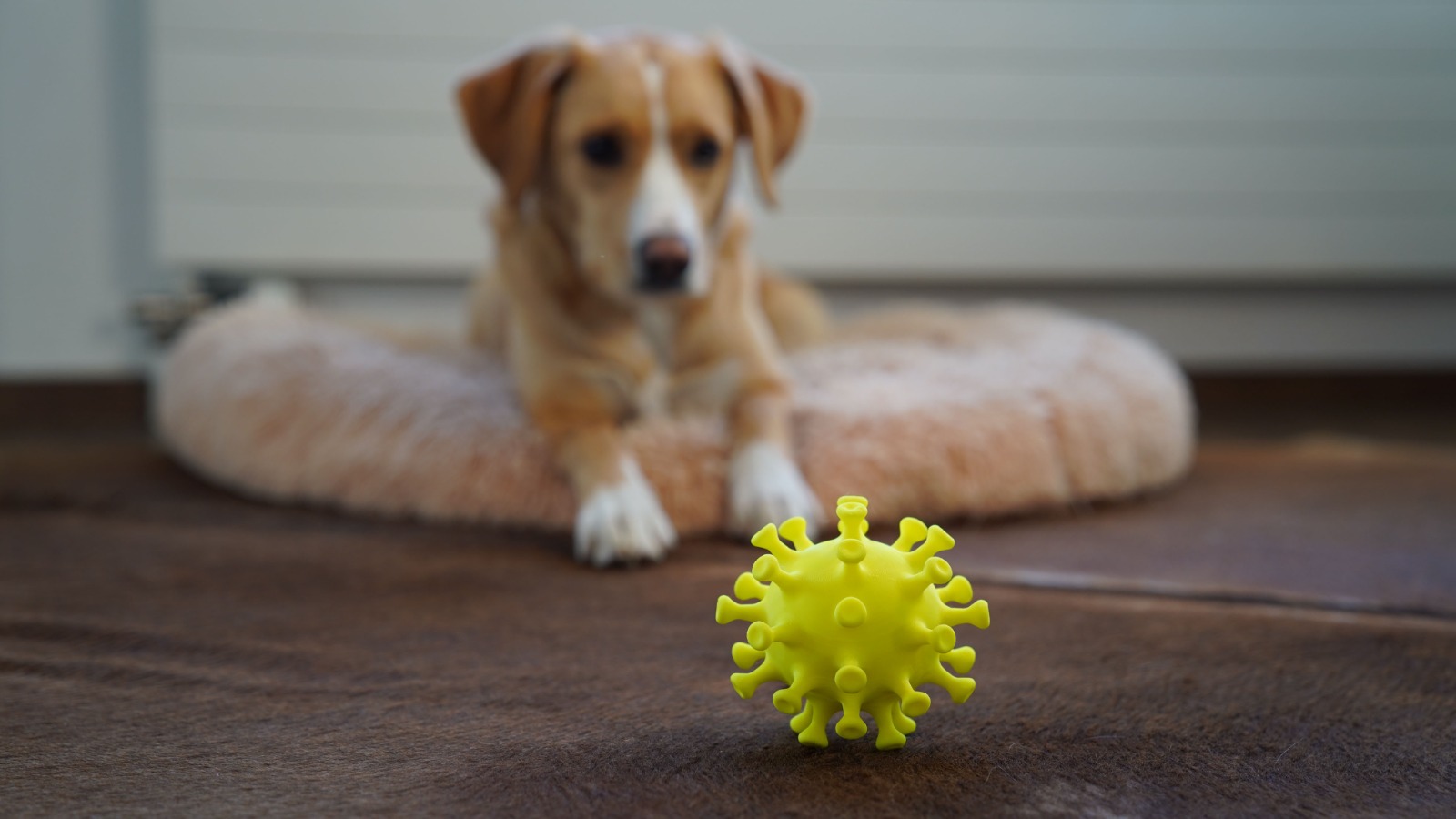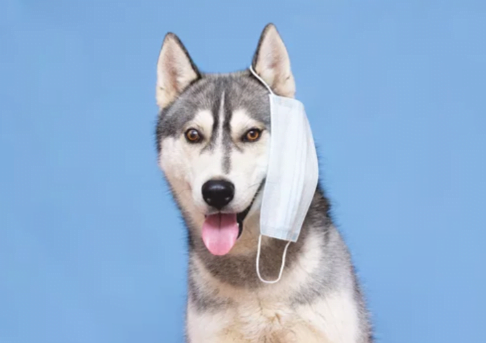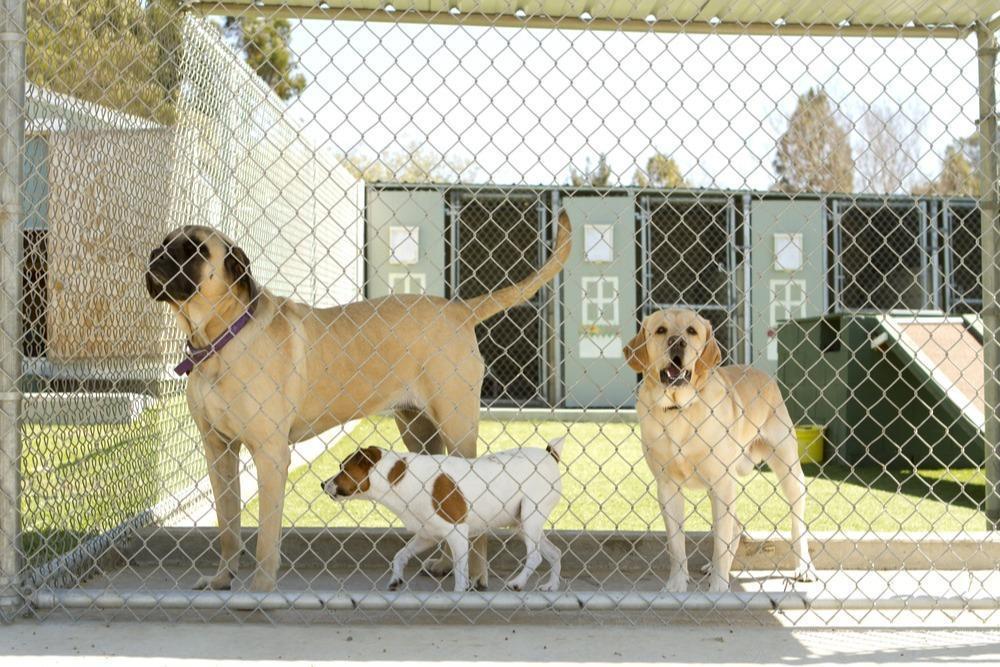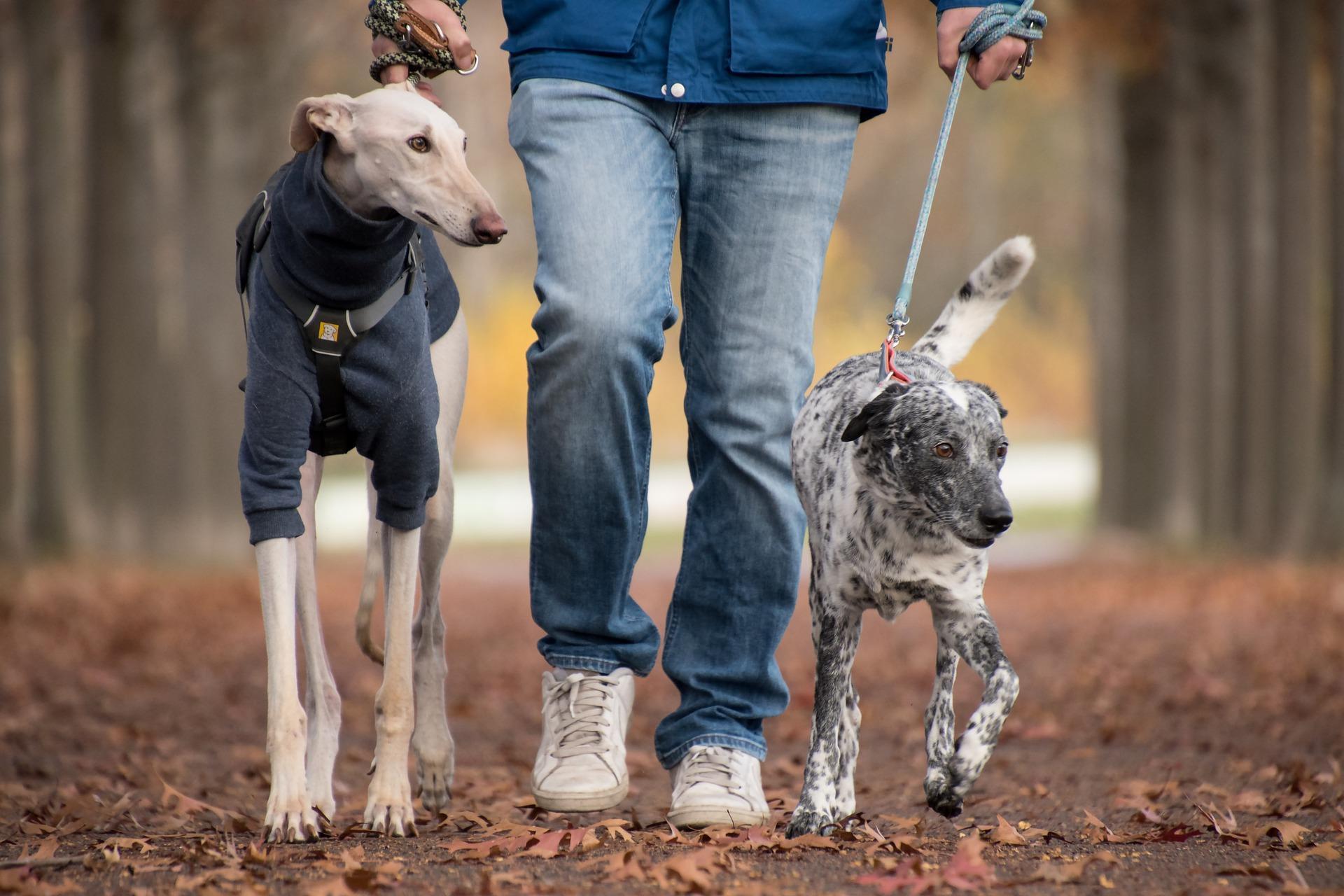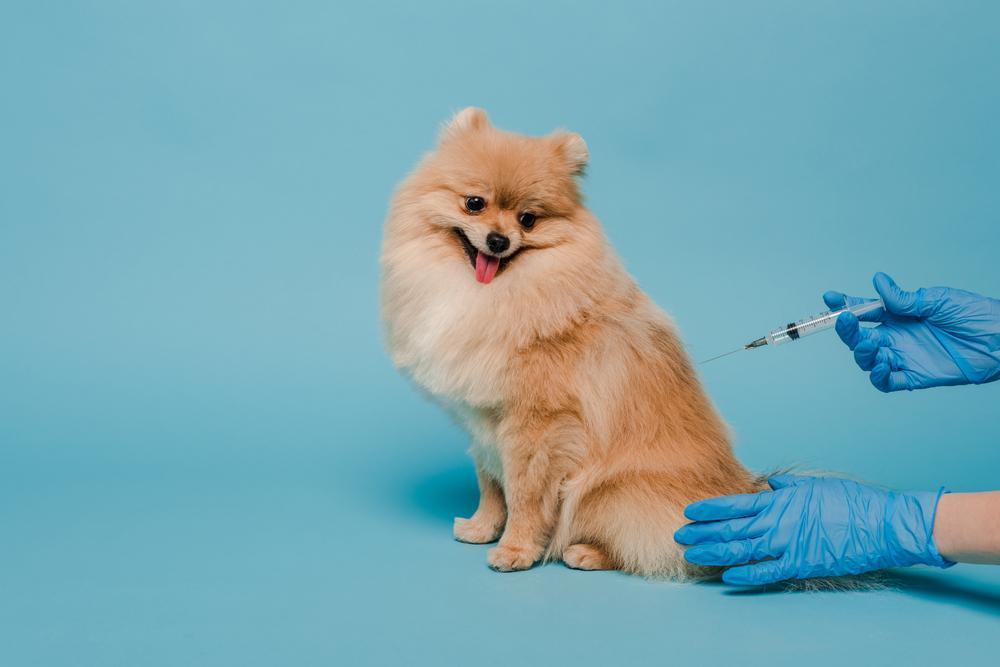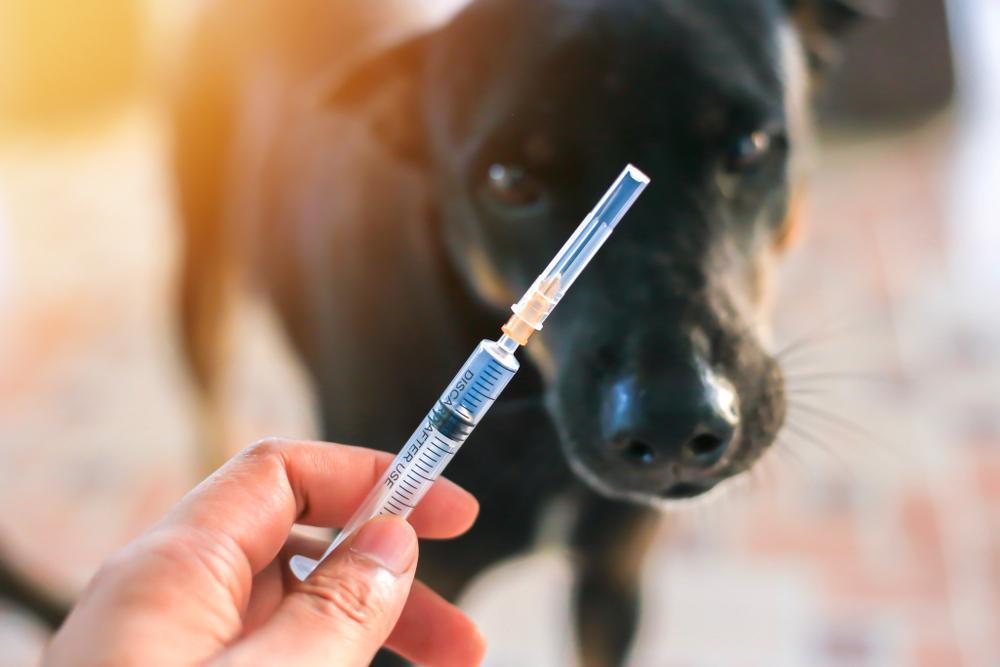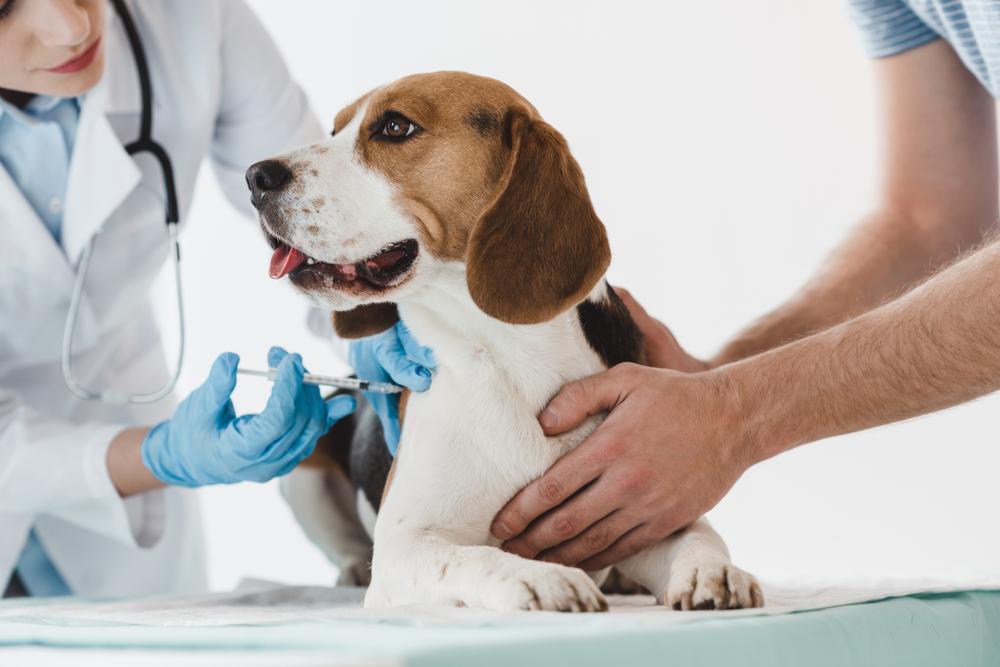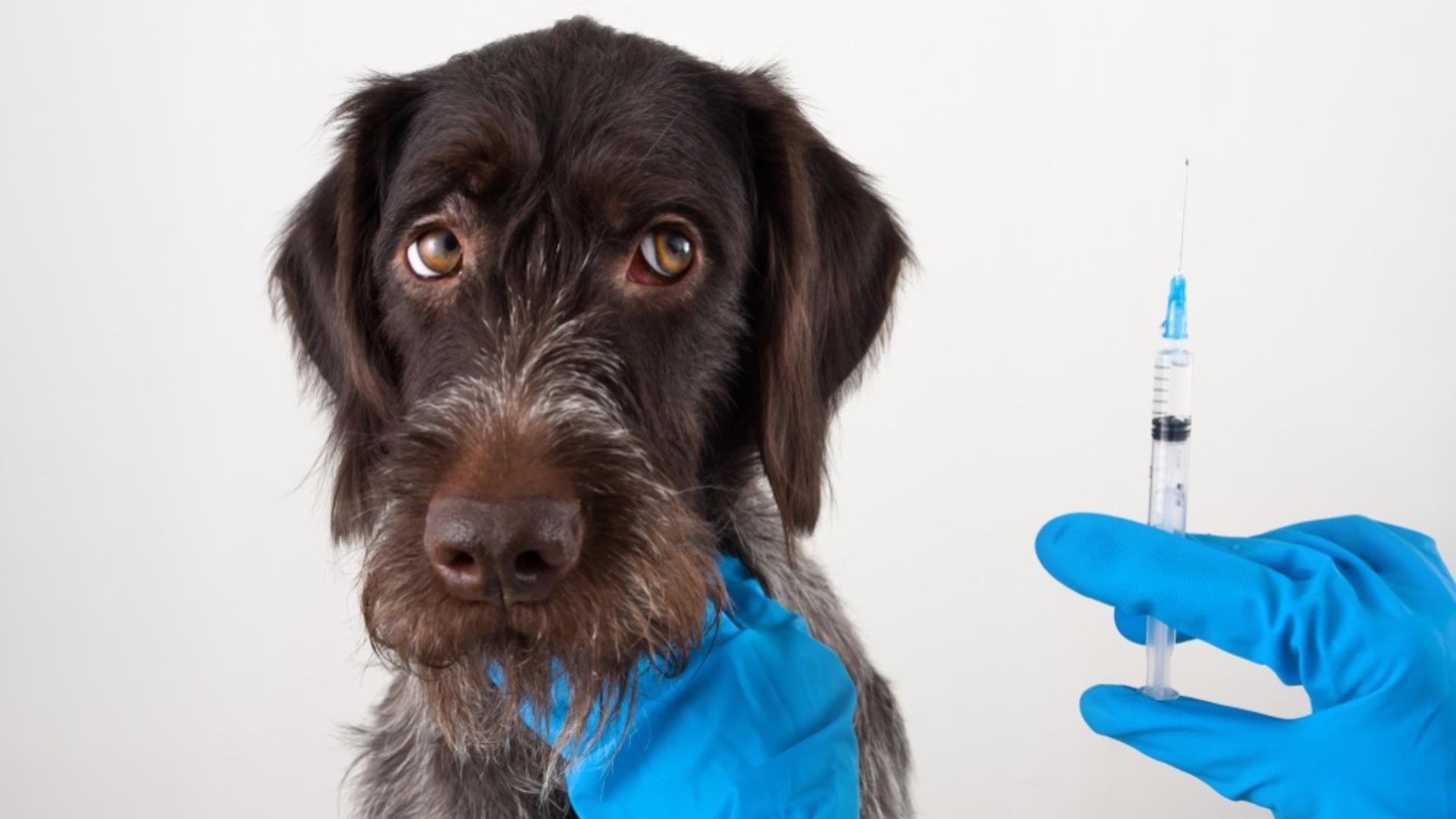It can feel like we are bombarded with information to boost our immune function, and as immune system health is key to survival, this seems like something we should be interested in. We also talk about immune responses a lot here at My Pet Nutritionist, so should we be boosting our pet’s immune systems too?
What if we told you that immune boosting isn’t really something we want to do?
Read on to find out why we believe immune boosting is a myth.
The Immune System
When the body is invaded by bacteria, a virus or parasites, an immune alarm goes off, setting off a chain reaction of cellular activity in the immune system. Specific cells are deployed to help attack the invading pathogen. Those cells often do the job, and the invader is destroyed. But sometimes, when the body needs a more sophisticated attack, it turns to a more specialised set of cells. These cells are like the special ops of the immune system—a line of defence that uses past behaviours and interactions to tell it exactly how to deal with the threat.
The immune system is responsible for all of this, and not surprisingly is has many systems to mobilise action.
We tend to explore the immune system in terms of innate immunity and adaptive or acquired immunity.
Innate immunity is what everyone is born with – it’s a type of general protection.
Acquired (adaptive or specific) immunity is not present at birth. It is learned.
It’s easy to consider the immune system as an “us against the germ” fight, it’s also easy to think of the immune system as binary. There are either threats, or there aren’t.
But how do we figure out what aren’t threats?
This is where the concept of immune tolerance comes in.
Immune Tolerance
Immune tolerance is an active state of unresponsiveness to specific antigens in an effort to prevent destructive over-reactivity of the immune system.
It prevents an immune response to antigens produced by the body itself or recognised from a prior encounter.
It’s Evolutionary
Immune tolerance is an evolutionary benefit – mounting an immune response is resource demanding, and sometimes brings some collateral damage with it. If tolerating an antigen conserves resources and doesn’t result in overt threat or damage, then it makes biological sense to do so.
There are two types of immune tolerance: self-tolerance and induced tolerance.
Self-tolerance refers to the ability of the immune system to recognize and therefore not respond to self-produced antigens. If the immune system loses this ability, the body can start to attack its own cells, which may cause an autoimmune disease.
Induced tolerance occurs when the immune system actively avoids responding to an external antigen. This tolerance is induced by previous encounters with that antigen.
Immune tolerance mechanisms are separated into two categories: central tolerance and peripheral tolerance.
Central tolerance occurs during lymphocyte development in the thymus and bone marrow. In short, if any developing T or B cells become reactive to self, they are eliminated.
Peripheral tolerance mechanisms occur after mature lymphocytes are released into the lymph nodes or other tissues. When T cells that are reactive-to-self escape into the periphery, this mechanism ensures they are either deleted or they become functionally unresponsive to the antigen.
The Immune System as A Seesaw
We can think of the immune system as a seesaw and immune responses need to be balanced.
Immune tolerance helps balance the seesaw as our pet’s make their way through life. It is different from non-specific immunosuppression and immunodeficiency. Immune tolerance prevents inflammatory reactions to many innocuous airborne and food allergens found at mucosal surfaces (and more).
How is Immune Tolerance Developed?
Immune tolerance is only induced via exposure to the antigen in question and it is thought that the timing of this exposure is crucial.
This is where the hygiene hypothesis has been largely considered.
The Hygiene Hypothesis
Early exposure to a diverse range of “friendly” microbes—not infectious pathogens—is necessary to train the immune system to react appropriately.
The immune system is like a computer; it has software, but it needs data.
The microbial ecosystem in various mucosal sites is important for the development of the immune system. The young gastrointestinal tract is colonised soon after birth by a variety of commensal bacteria that influence the development of the immune response both in the gut and systemically. The mucosal immune system in the gut must avoid adverse immune responses to dietary antigens and commensals in the new microbial ecosystem while remaining able to mount an effector response to pathogenic organisms.
In an ideal world, our pets will develop a heathy immune system, and they will have sufficient immune tolerance but also eliminate threats when necessary. But we don’t always live in an ideal world, and so loss of tolerance, along with excessive tolerance can occur.
Loss of Tolerance
Loss of tolerance results in an overt immune response. This could be in the case of allergy, but also autoimmunity.
T and B lymphocytes are key players for immune responses, and during the T and B lymphocyte differentiation process, the regulation of each progression step is influenced by a potent network of transcription factors specific for each cellular state. Recent studies indicate that both T and B lymphocyte development are under epigenetic regulations which suggests a genetic consideration in immune function, but that modifiable lifestyle changes could influence gene expression.
Environmental factors, such as ultraviolet rays, infections, nutrition, and chemicals, also participate in the pathogenesis of both allergies and autoimmunity.
Excessive Tolerance
Excessive tolerance may lead to invasion by microorganisms or parasites, or to development of cancer.
The Immunity Boosting Myth
This idea of immune tolerance is in opposition to immune boosting. Ideally, we want an immune seesaw. We want responses to be balanced to whatever they are facing, not boosted and over-zealous and likewise, not lazy!
We want an immune system that has 20/20 vision.
So, how do we support this in our pets?
Exposure to bugs – let them play in the mud!
Offer a nutrient dense diet to support immune function
Offer foods to modulate inflammatory responses (omega-3s)
Limit/modulate stress
Limit toxin exposure
Ensure sufficient rest/recovery
If you would like some more information on how to make these top tips a reality, check out our following blogs:
Your Puppy’s Microbiome
10 Top Foods for Your Dog’s Immunity
Can Stress Affect My Dog’s Digestive System
How Much Sleep Should My Dog Get?
If you would like some guidance in supporting your dog’s immune system, then check out our services to see how we can help.
Thanks for reading,
MPN Team


